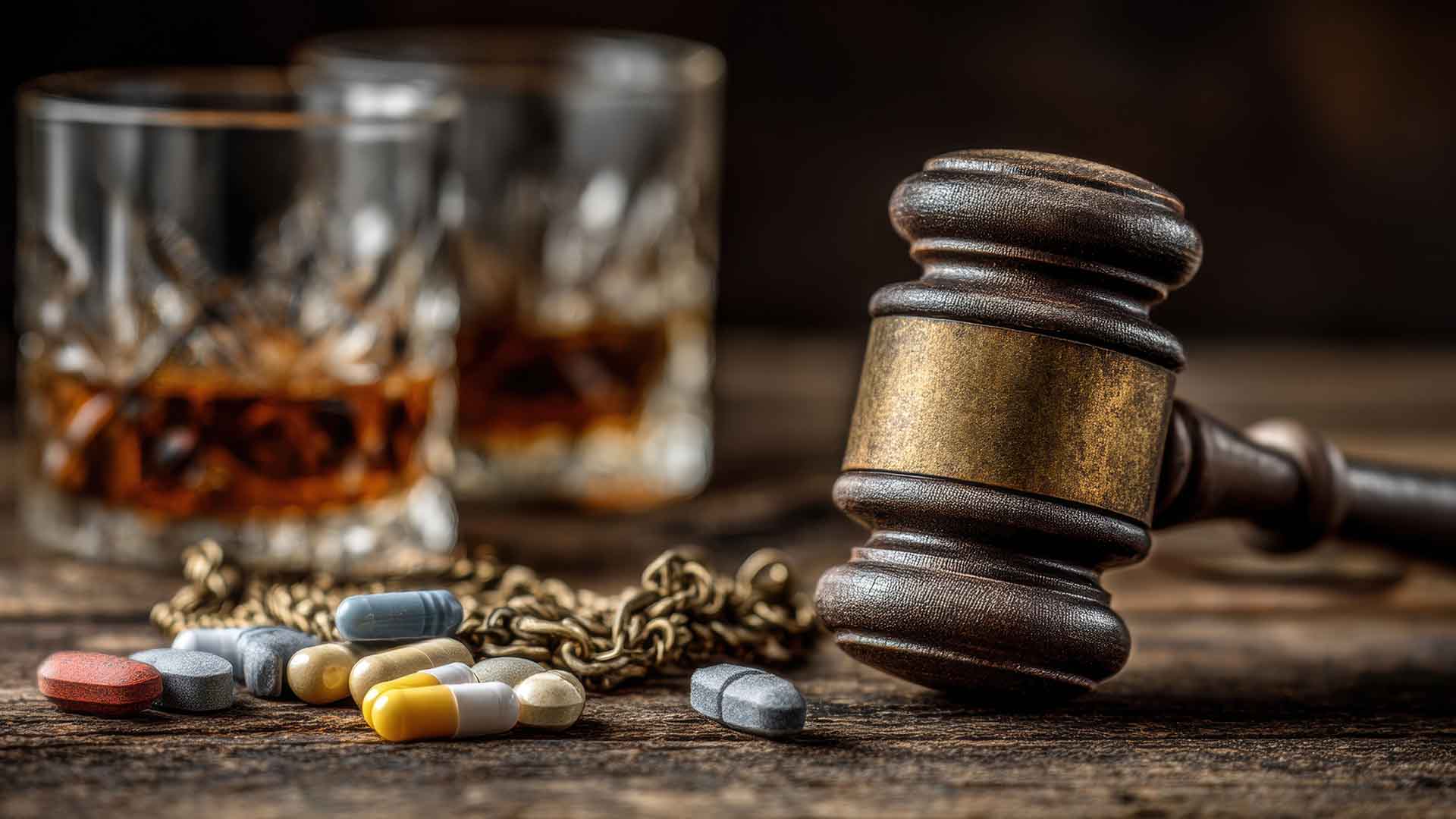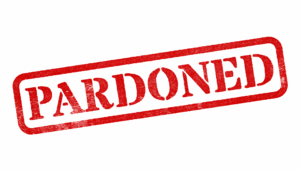Problem-solving or “treatment” courts—Drug Courts, Mental Health Courts, and DWI (DUI) Courts—have become a major part of New York’s justice system. Instead of treating every case solely as a legal matter, these specialized dockets combine judicial supervision with treatment, case management, and community services designed to reduce substance use, stabilize mental illness, stop dangerous driving, and (importantly) reduce future offending. Below I explain how they generally work in New York, who’s eligible, and — based on statewide and academic evaluations — the typical retention, success and recidivism results we see in the evidence.
What the different treatment courts are
Drug Courts target people whose criminal behavior is substantially driven by substance use disorders. Goals: get participants into evidence-based treatment (medication where appropriate), monitor abstinence, and use incentives and sanctions plus judicial oversight to support recovery. New York has one of the largest drug court networks in the country. NY Courts
Mental Health Courts (MHCs) serve defendants whose criminal behavior is linked to serious mental illness. MHCs emphasize clinical assessment, individualized treatment plans, connection to community mental health services, and closer coordination among judges, prosecutors, defense attorneys, and treatment providers. Evaluations of New York MHCs (e.g., Bronx and Brooklyn programs) show they can reduce re-arrest and improve access to services. Office of Justice Programs
DWI/DUI Courts focus on people convicted of driving while intoxicated (or repeat alcohol-impaired driving). These dockets combine alcohol treatment, ignition interlocks or monitoring, frequent court check-ins, and often substance testing and close probation-style supervision. Studies of DWI courts generally find reductions in repeat alcohol-related driving offenses. National Treatment Court Resource Center+1
How these courts typically work (the model, step-by-step)
Screening & eligibility – Potential participants are screened at arrest/arraignment. Eligibility rules vary by court: some accept felonies and misdemeanors, others only felonies or only specific charges. Medical/clinical assessment follows to confirm treatment needs and suitability. Bureau of Justice Assistance+1
Plea / case disposition – Many treatment courts require a plea or an agreed disposition that gives the court leverage (e.g., a deferred sentence, reduced charges on successful completion). That legal “leverage” is often credited with improving retention. Bureau of Justice Assistance
Individualized treatment plan – Based on clinical assessment: outpatient or residential treatment, medication-assisted treatment (for opioid use disorder), counseling, mental health services, housing/case management, employment help, etc.
Frequent judicial monitoring – Regular status hearings in front of the judge (initially weekly or biweekly, then less frequent). The judge receives team input (treatment provider, probation, prosecutor, defense) and uses incentives (rewards, praise, fewer obligations on progress) and graduated sanctions (short jail stays, intensified treatment, curfews) to shape behavior. Office of Justice Programs+1
Testing & supervision – Random drug/alcohol testing, electronic monitoring (in some DWI courts), and intensive probation/case management.
Graduation – Participants who complete requirements (time in program, negative tests, stable housing/employment, etc.) receive the benefits promised at intake (reduced or dismissed charges, shorter sentence, sealing in some cases).
What “success” means — and typical outcome measures
Researchers generally report:
Retention/graduation rates (how many stay enough to graduate);
Recidivism / re-arrest or reconviction (usually measured 1–3 years after enrollment);
Collateral outcomes (reduced incarceration, improved housing/employment, treatment engagement).
Because courts, populations, and follow-up times differ, you’ll see a range of results. It’s more accurate to speak of typical ranges and patterns than a single number.
What the research says (New York & national evidence)
Drug Courts (New York)
A large statewide evaluation of 86 New York adult drug courts (participants enrolling in 2005–06) found a one-year retention rate of about 66% and a statewide four-year retention/graduation rate of about 53% (variation across sites was large). Overall the study found modest but statistically significant reductions in re-arrest and reconviction for drug court participants versus matched comparison samples, although effect sizes varied widely by site and by participant risk level. For example, at 3 years the overall re-arrest difference was small (roughly 40% re-arrest for drug-court participants vs ~42% for comparisons), with larger reductions for some subgroups and sites (NYC felony courts tended to show larger impacts). The study also found drug courts reduced immediate prison use and days incarcerated. Bureau of Justice Assistance+1
Bottom line: New York drug courts typically keep about two-thirds of entrants through the first year, produce measurable reductions in re-arrest/reconviction on average, but impacts vary a lot by court policies and target population. Bureau of Justice Assistance
Mental Health Courts
Evaluations of New York MHCs (Bronx and Brooklyn) found significant reductions in re-arrest compared with matched similar defendants: e.g., Bronx MHC participants had re-arrest rates of ~69% vs 75% for comparisons (difference ~6 points), and Brooklyn participants ~60% vs 68% (difference ~8 points). In Brooklyn the reconviction rate for participants was substantially lower (about 40% vs 56% in the matched comparison). Survival analyses in these studies also showed participants had a lower hazard of recidivism. Nevertheless, overall recidivism in these populations remains high, reflecting the complex needs and criminogenic risks among justice-involved people with serious mental illness. Office of Justice Programs
Bottom line: MHCs in NY reduce re-arrest and reconviction compared to matched groups, but many participants still reoffend — the courts help, but they are not a complete solution without broader supports. Office of Justice Programs
DWI/DUI Courts
Reviews and multi-site evaluations show reductions in subsequent alcohol-related driving offenses for DWI court participants versus standard probation. For example, pooled evaluations report lower two-year conviction rates for new alcohol-related offenses among DWI court participants (some studies showing reductions in the 1–3 percentage point range in intent-to-treat samples, larger for graduates), and several DWI court evaluations report substantially lower recidivism for graduates versus comparison probationers. Results vary by program intensity, use of ignition interlock, monitoring, and whether the analysis compares all entrants or only program graduates. National Treatment Court Resource Center+1
Bottom line: DWI courts generally reduce repeat alcohol-impaired driving, especially among graduates and when paired with strong monitoring/interlock practices. National Treatment Court Resource Center+1
Why outcomes vary so much
Target population differences (risk level, primary drug, mental health comorbidity).
Program policies (how much legal “leverage” is used, graduation requirements, the quality/availability of treatment).
Court practice (frequency of hearings, quality of judicial interaction, stakeholder coordination).
Local service environment (housing, treatment slots, mental health providers). The NY multi-site evaluation emphasizes that some courts implemented suites of effective practices while others did not — and that combination mattered. Bureau of Justice Assistance+1
Practical takeaways for policymakers, practitioners, and the public
Treatment courts work better than “business as usual” on average, reducing recidivism and incarceration days for many participants — but effects are typically modest and highly variable. Bureau of Justice Assistance+1
Implementation matters. Courts that combine clinical services, consistent monitoring, meaningful judicial interaction, and measured legal leverage tend to do better. Bureau of Justice Assistance
Graduation is a strong predictor. Graduates often show much larger reductions in re-offending than the whole cohort (which includes people who leave early). All Rise+1
Courts are one part of a system-level response. Lasting reductions in recidivism for people with substance use and mental health needs require community treatment capacity, housing, employment and long-term supports. Office of Justice Programs+1
New York Unified Court System: Drug Court overview and annual reports. NY Courts
BJA / Center for Court Innovation: A Statewide Evaluation of New York’s Adult Drug Courts (multi-site, rigorous evaluation with retention and recidivism figures). Bureau of Justice Assistance
NIJ / Urban Institute evaluation: Mental Health Courts in Bronx and Brooklyn (process + impact results). Office of Justice Programs
Systematic reviews of DWI court evaluations and DWI court evaluation briefs (summarizing reductions in alcohol-related recidivism). National Treatment Court Resource Center+1






